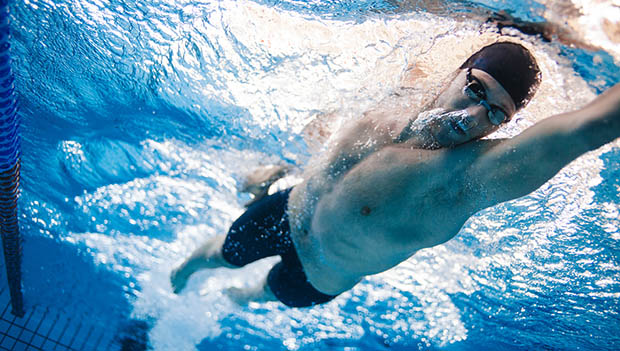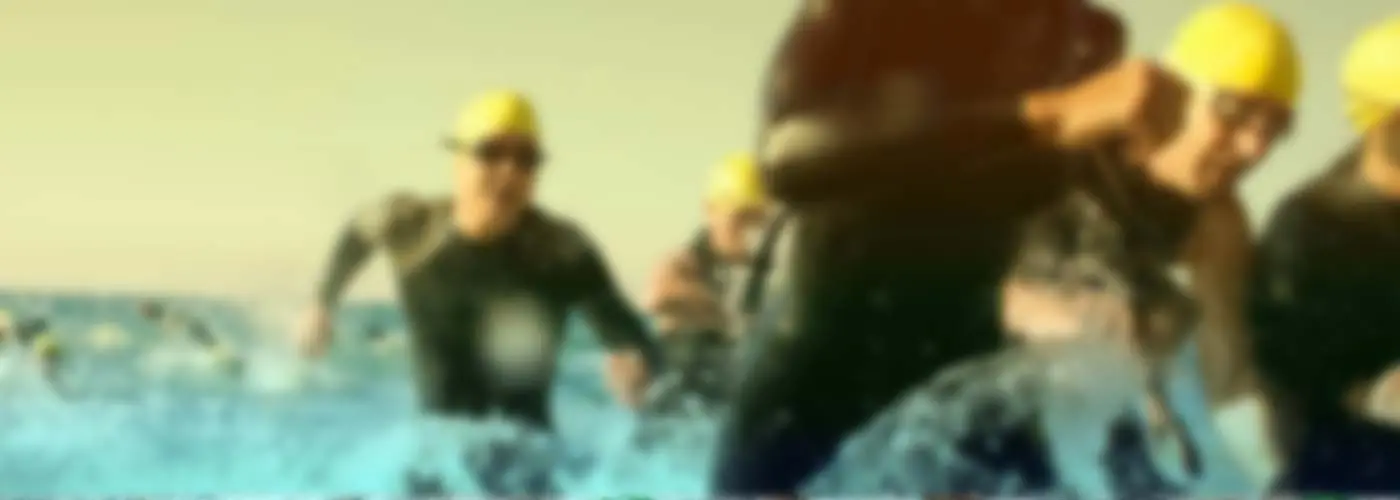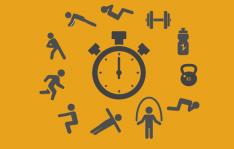
The offseason is your time to get on point with your training. This ultimately begins with taking inventory of your past season: What worked, what didn't work and where did you plateau? It's helpful to objectively look at how the year played out, the cause and effect of your performance, and then work backwards to create a new plan.
To help simplify this equation, there are a few key swim training focuses that every triathlete can benefit from in the offseason. After all, nearly every triathlete has the same few limiters to their swimming performance, yet get stuck year after year plugging away in their comfort zone.
Regardless of where you live, these few focuses (both in and out of the water), will help dial you in for peak performance.
Technique! Technique! Technique!
With triple digits of training hours between now and your first big race, it is the ideal time to heavily dial into quality training. In focusing predominantly on mechanics and tweaking stroke inefficiencies, you'll be progressively building in fitness, as well, without too much stress.
Quick Tip
Beyond this, reading articles online or checking out an up-to-date swimming book can pay dividends, helping you conceptualize and understand what may be going wrong in your stroke and how to fix it. In a sport that is one of the most technical in the world, swimming demands exclusive and constant focus on proper mechanics to tap into your performance potential.
Adopt a Dryland Routine
The correct implementation of the arm pull, kick and body rotation requires understanding of where to focus your efforts, and how to focus on and strengthen those areas. Work outside of the water is a huge asset in creating functional swim strength and mobility. As a new player, you wouldn't continue to swing a tennis racket the exact same way thousands of times and expect much change to take place, would you?
The three critical areas of focus during dryland workouts are the shoulders and back; core; and hips and ankles.
- 1
- of
- 2









Discuss This Article